Sesame seeds originated in Northeast Africa and the Indus Valley region of India approximately 5,000 years ago, with archaeological evidence confirming cultivation by 2000 BCE. These ancient crops spread globally through trade routes, evolving into the versatile culinary staple we know today. Discover exactly where sesame seeds come from, how they traveled across civilizations, and why this resilient crop remains nutritionally vital in modern kitchens.
Table of Contents
- What Are Sesame Seeds, Anyway?
- The Plant Behind the Power Seed
- Where in the World Did They Come From?
- How Do We Harvest These Tiny Treasures?
- What Are Sesame Seeds Used For?
- Pro Tips for Using Sesame Seeds Like a Pro
- Fun Facts That'll Make You a Sesame Superfan
- Final Thoughts: A Seed with Big Dreams
What Are Sesame Seeds, Anyway?
Botanically classified as the edible seeds of Sesamum indicum, sesame seeds are neither nuts nor grains. These nutritional powerhouses deliver exceptional healthy fats, plant-based protein, and minerals like calcium and iron—all while adding visual elegance to any dish through their distinctive crunch.
Unlike many seeds, sesame maintains remarkable stability during cooking, making it indispensable for both raw applications and high-heat techniques. This unique versatility explains its universal culinary adoption across diverse food cultures.

The Plant Behind the Power Seed
The unassuming Sesamum indicum plant holds extraordinary agricultural significance:
- Thrives in arid conditions where other crops fail, requiring minimal water
- Reaches 3-6 feet in height with distinctive tubular flowers
- Produces seed pods that naturally burst open when ripe (dehiscence)
- Yields up to 100 seeds per pod in optimal growing conditions
This drought tolerance makes sesame a critical climate-resilient crop for food security in warming regions—a quality increasingly vital for sustainable agriculture.
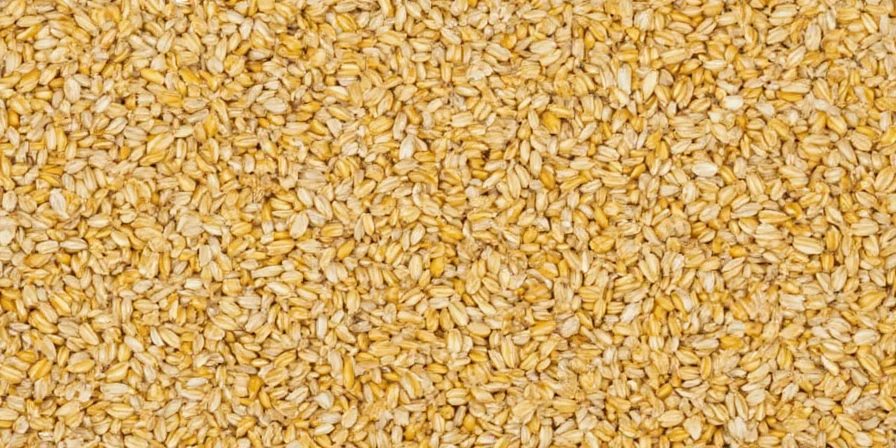
| Region | Historical Use |
|---|---|
| India | Oil extraction and sacred rituals dating to Vedic texts |
| Egypt | Embedded in breads and medicinal ointments for pharaohs |
| Mesopotamia | Traded as "gold of the kitchen" along early spice routes |
| Africa | Staple crop for nutrition and economic trade for millennia |
Where in the World Did They Come From?
Archaeological evidence confirms sesame cultivation in the Indus Valley Civilization by 2000 BCE, with parallel development in Northeast Africa. Its journey reveals fascinating cultural exchange:
- Spread eastward along the Silk Road to China by 1000 BCE
- Reached Mediterranean regions through Phoenician traders
- Became integral to Mesoamerican cuisines after Columbian exchange
This global diffusion created unique regional specialties—from Japanese goma to Mexican ajonjolí—while maintaining the seed's core culinary identity across civilizations. Recent genetic studies trace modern sesame varieties to three primary ancestral lines originating in Ethiopia, Sudan, and India.
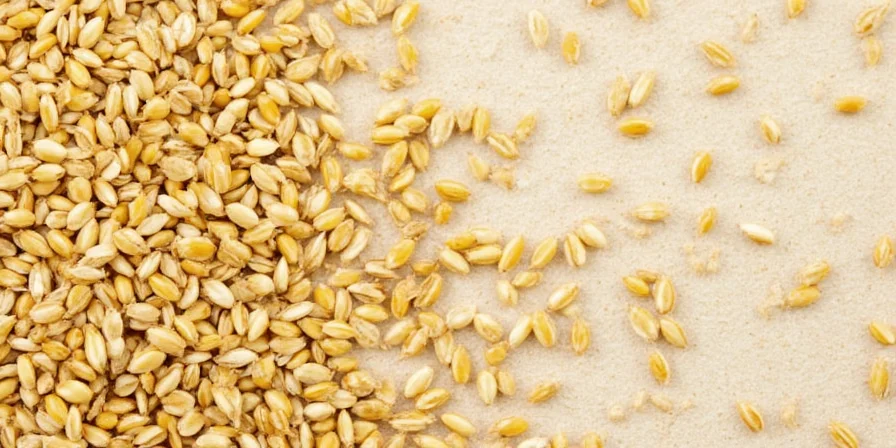
How Do We Harvest These Tiny Treasures?
Traditional harvesting combats nature's dehiscence challenge through precise timing:
- Pods harvested at "golden hour"—just before natural bursting
- Plants cut and hung upside-down in controlled-dry environments
- Seeds released through gentle threshing motions
Modern innovations now include non-dehiscent cultivars and precision harvesters, reducing field losses from 50% to under 10%. This agricultural evolution ensures consistent supply while preserving traditional growing regions' economic livelihoods. Sudan remains the world's largest sesame producer today, followed by India and Myanmar.
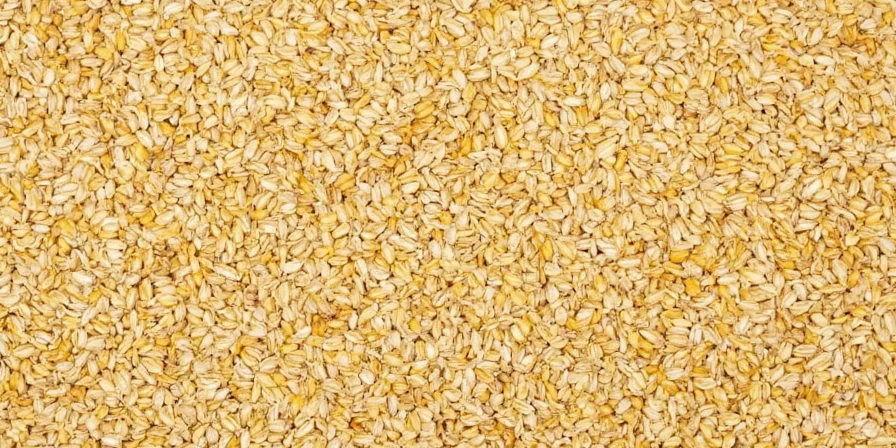
What Are Sesame Seeds Used For?
Culinary Applications
- Tahini: Foundation for Middle Eastern dips and sauces
- Garnishing: Adds texture to sushi, noodles, and vegetable dishes
- Baking: Essential for breads, crackers, and confectionery
- Oil production: High smoke point makes it ideal for frying
Industrial & Wellness Uses
- Natural preservative in artisanal food production
- Base for sustainable biofuels due to high oil yield
- Traditional skincare applications in Ayurvedic practices
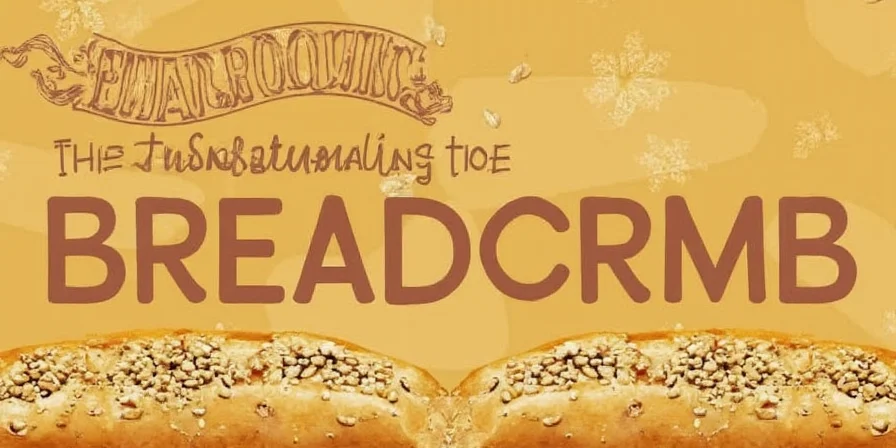
Pro Tips for Using Sesame Seeds Like a Pro
- Toast strategically: Heat in dry skillet 3-4 minutes until fragrant—black seeds require 30 seconds less than white
- Maximize shelf life: Store in vacuum-sealed containers; refrigerate for >6 months
- Unlock flavor chemistry: Pair toasted seeds with citrus for enhanced umami perception
- Grind fresh: Use cooled seeds for smoother tahini without separation
- Culinary layering: Add seeds at multiple cooking stages for complex flavor profiles

Beyond the Kitchen: Unique Cultural Perspectives
Sesame's significance extends beyond nutrition:
- Symbolized immortality in ancient Chinese burial practices
- "Open Sesame" reference likely stems from pods' explosive dehiscence
- World's oldest known plant-based oil (5,000+ years)
- Requires 70% less water than almonds per equivalent protein yield
- Modern research explores sesame lignans for oxidative stress reduction
This intersection of cultural symbolism, agricultural efficiency, and emerging nutritional science positions sesame as a crop with growing future relevance. Current studies show potential health benefits for cardiovascular health and blood sugar management.
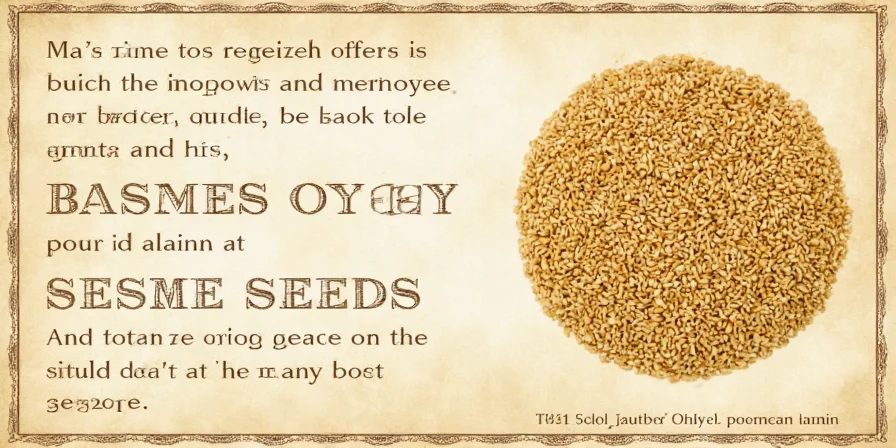
| Category | Details |
|---|---|
| Scientific Name | Sesamum indicum |
| Origin Timeline | India/Africa: 2000 BCE | Global diffusion: 1000 BCE |
| Nutritional Advantage | Complete protein profile with all essential amino acids |
| Culinary Forms | Whole, toasted, ground, oil, paste |
| Sustainability Metric | Water use: 1,000L/kg vs. almonds' 3,000L/kg |
Final Thoughts: A Seed with Big Dreams
Sesame seeds originate from a resilient plant that has sustained human civilizations for millennia. Today, they represent a convergence of ancient wisdom and modern innovation—providing nutrition, economic stability for smallholder farmers, and culinary versatility that continues evolving.
As climate challenges reshape agriculture, sesame's drought tolerance and nutritional density position it as a critical crop for future food systems. Whether sprinkled on your morning toast or transformed into gourmet sauces, you're engaging with one of humanity's oldest and most enduring food partnerships. Understanding where sesame seeds come from connects us to 5,000 years of agricultural heritage that continues to nourish our modern world.
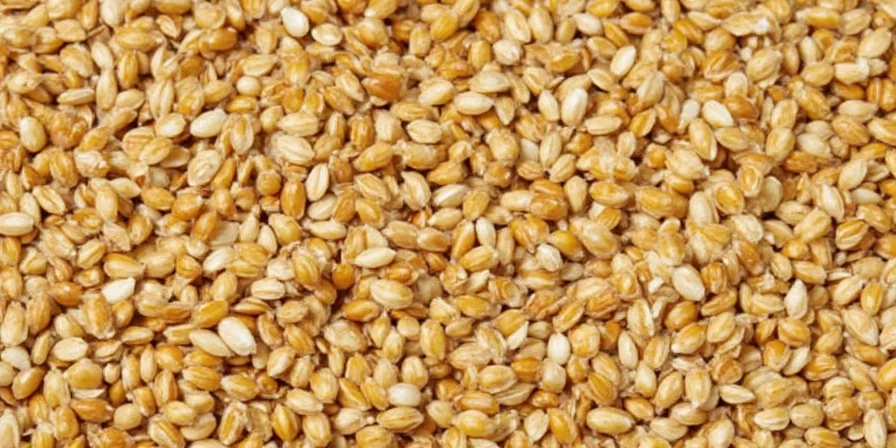
Frequently Asked Questions
Where do sesame seeds originally come from?
Sesame seeds originated in Northeast Africa (particularly Ethiopia and Sudan) and the Indus Valley region of India around 2000 BCE. Archaeological evidence confirms parallel domestication in both regions, making sesame one of humanity's oldest cultivated crops.
How did sesame seeds spread globally?
Sesame spread through ancient trade routes: eastward along the Silk Road to China by 1000 BCE, westward through Phoenician traders to the Mediterranean, and later to the Americas after the Columbian Exchange. Each region developed unique culinary applications while maintaining the seed's core identity.
Which country produces the most sesame seeds today?
Sudan is currently the world's largest sesame producer, followed by India and Myanmar. These three countries account for over 50% of global sesame production, continuing the crop's historical importance in these regions where it was first cultivated.
Are black and white sesame seeds from different plants?
No, both black and white sesame seeds come from the same plant species (Sesamum indicum). The color variation results from different cultivars and growing conditions. Black seeds retain their natural bran layer, giving them stronger flavor and higher mineral content compared to hulled white seeds.
Why are sesame seeds considered drought-resistant?
Sesame plants have deep taproots that access water from lower soil layers and can enter dormancy during extreme drought, resuming growth when moisture returns. They require only 1,000 liters of water per kilogram of seeds produced—significantly less than most other oilseed crops.
How can I verify authentic sesame products?
Look for origin labeling, check for consistent seed color and size, and verify if the product has been certified by agricultural authorities. Authentic sesame oil should have a distinctive nutty aroma and golden color. For tahini, genuine products contain only ground sesame seeds without added oils or stabilizers.

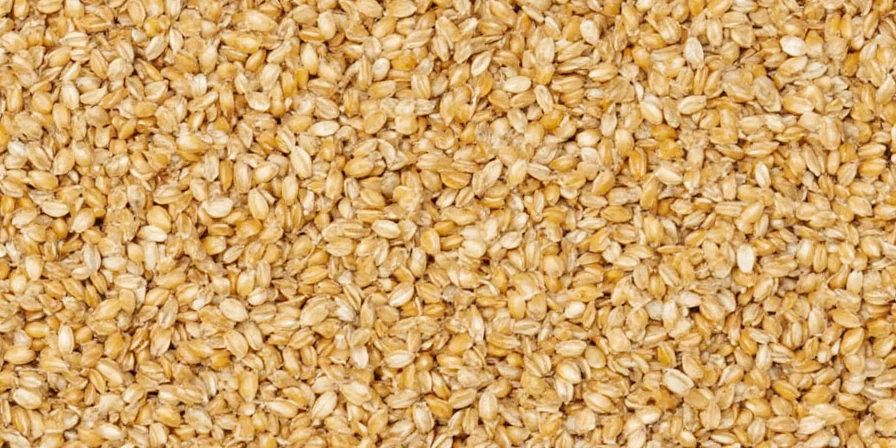









 浙公网安备
33010002000092号
浙公网安备
33010002000092号 浙B2-20120091-4
浙B2-20120091-4